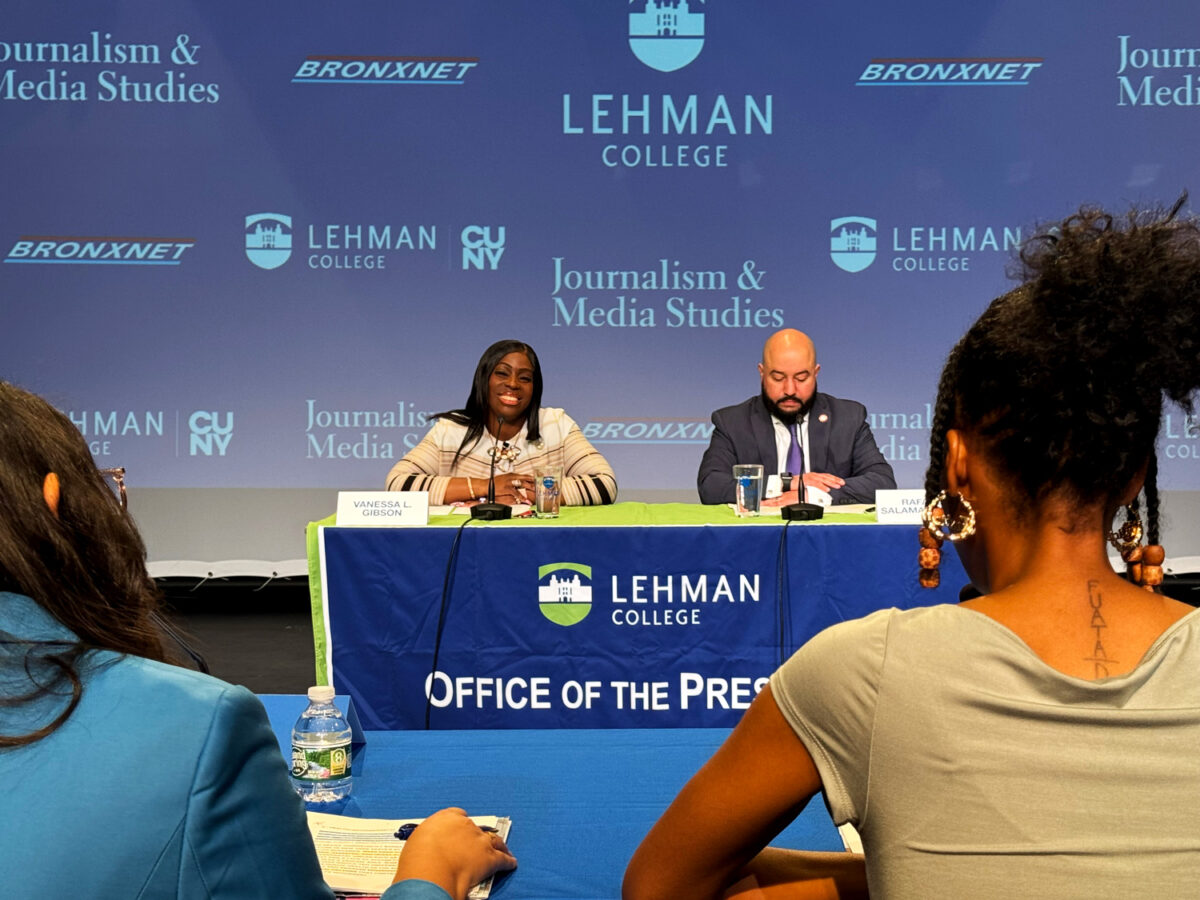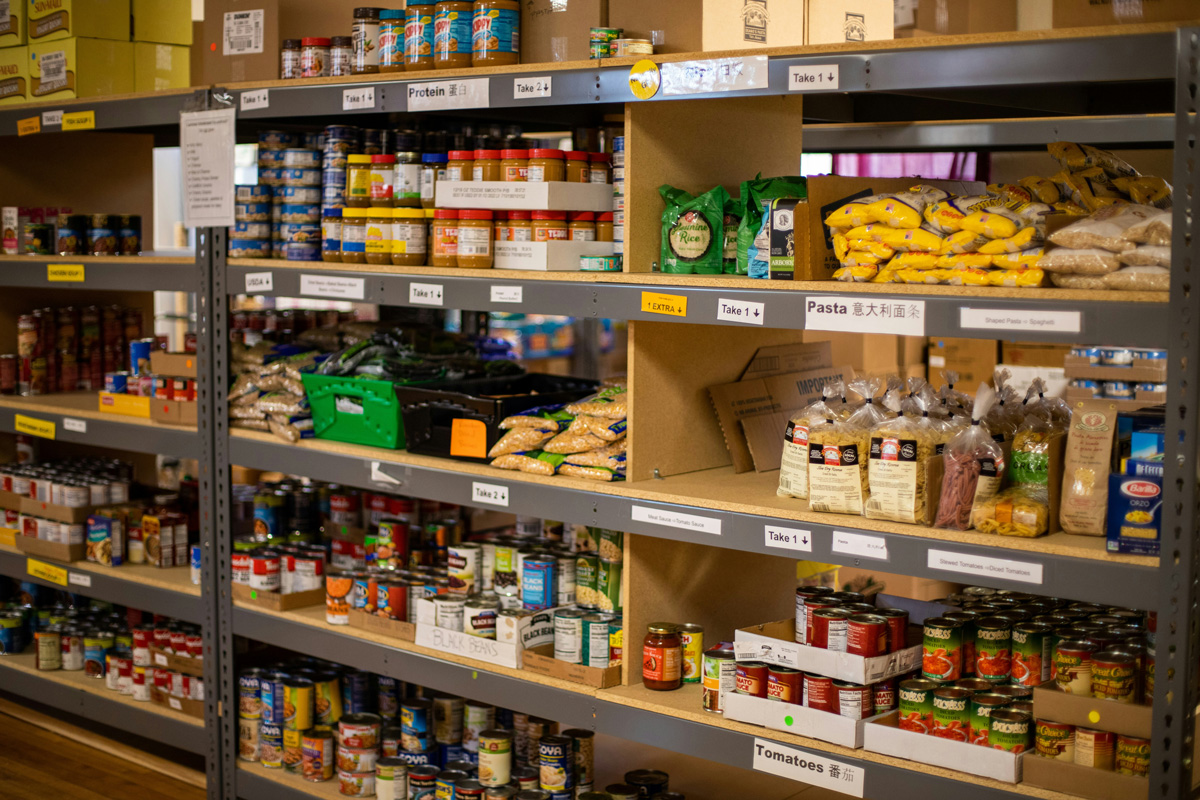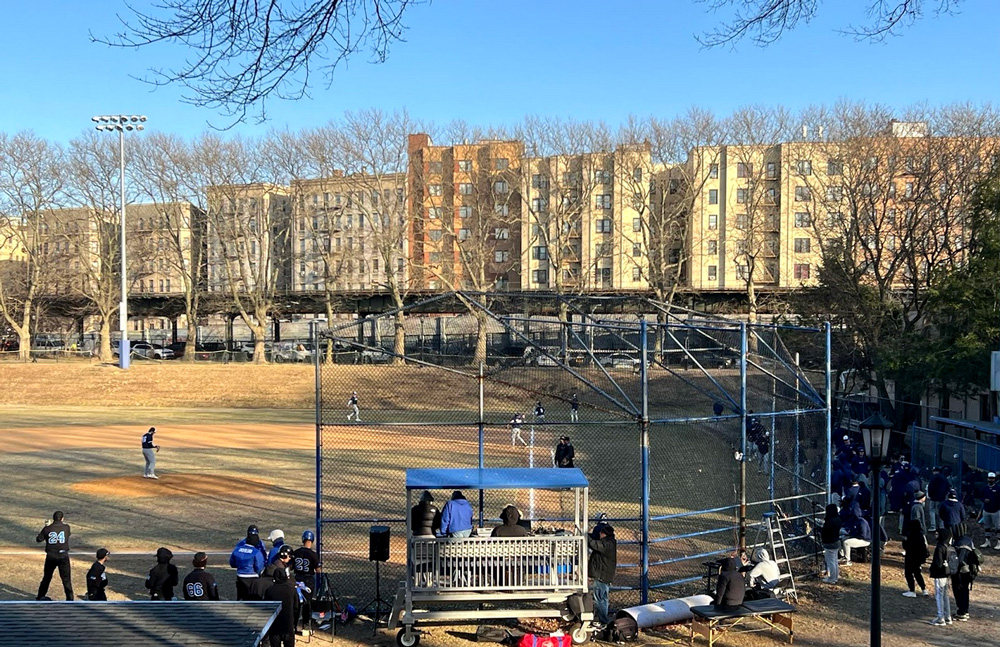By Steven Ragnauth
An Ebola town hall meeting at the Bronx Museum on October 29 seemed to do little to ease the community’s anxiety regarding the virus.
Many left the meeting — held by the New York City Department of Immigration Affairs and NYC Department of Health — still angry, scared, and confused about the disease and its transmission.
Borough President Ruben Diaz Jr. opened the event calling for perspective. “Ebola is not the end of the world,” he said. “We survived West Nile, mad cow, swine, small pox, and even the bubonic plague. I am confident in our medication, and the professionalism of our medical staff.”
Diaz said Bronx residents had more to fear from crime than the virus. “Ebola hasn’t killed anyone here, but gun violence has, drugs have, rape and murder have,” said Diaz. Reaction from the audience was mixed. Some cheered and clapped, while others shook their heads.

Guest speakers explained that the possibility of someone contracting Ebola in the Bronx was extremely unlikely. Misinformation, they suggested, was causing unwarranted fears of catching the disease.
One of the reasons the town meeting was held was the school-yard bullying of two young Senegalese students. Community members said that New York taxi drivers and barbershops had also been affected by Ebola fears. Some said that they found people were afraid to do business with anyone from West Africa.
“I tried to get a cab to come here tonight because of the rain, and every time I would open a door and tell them where I was going, they would tell me ‘No, I’m not going that way,’” said Philip Godfrey, 47, an African-American store manager. “I haven’t been back home in decades. They take one look at you and disregard anything positive instantly.” It is illegal to refuse someone’s business based on race, ethnicity, gender, citizenship status, national origin, or age.

Stories like Godfrey’s agitated members of the audience, who asked the panel what was being done to protect the African-American community from racism and discrimination.
Outside the Bronx museum, residents were handed flyers describing the “Emergency War Plan” to stop Ebola by Michael Osterholm, which suggests a three-step process:
Plan A – Smothering the virus where it is currently epidemic.
Plan B – Mobilizing every aspect of health and medical infrastructure to identify the infected, and quickly isolate and treat them in order to stop any further spread of infection. For Plan B to succeed, at the very least 70% of those infected must be identified, and treated.
Plan C—Involves the only guaranteed solution to an infectious disease epidemic: the delivery of an effective vaccine to most of the population in an area hit by the epidemic.
The “war plan” echoes newly re-elected New York Governor Andrew Cuomo and New Jersey Governor Chris Christie’s aggressive approach to quarantine the disease. However, Mayor Bill de Blasio and Borough President Ruben Diaz Jr. have taken a less draconian stance.
At the meeting, residents such as Juliette Lamoureux relentlessly pushed Diaz and other speakers for answers.
“What are we doing to fight this?” demanded Lamoureux. “We have the resources to go to West Africa and battle the disease on its home front We have the technology, the money, the people, and the will power to do this before it further spreads. So why are we waiting? For it to start spreading?”









No comments